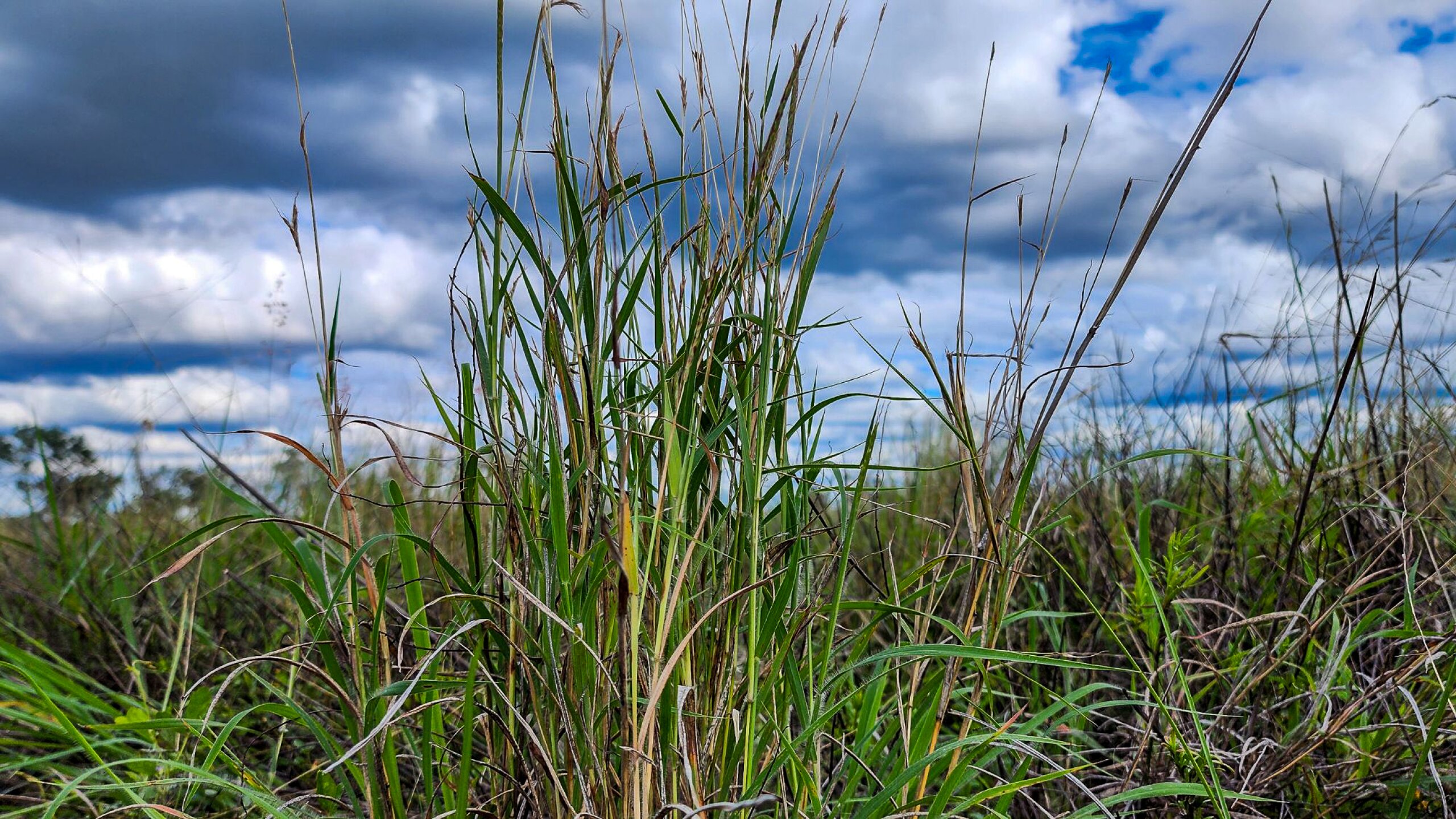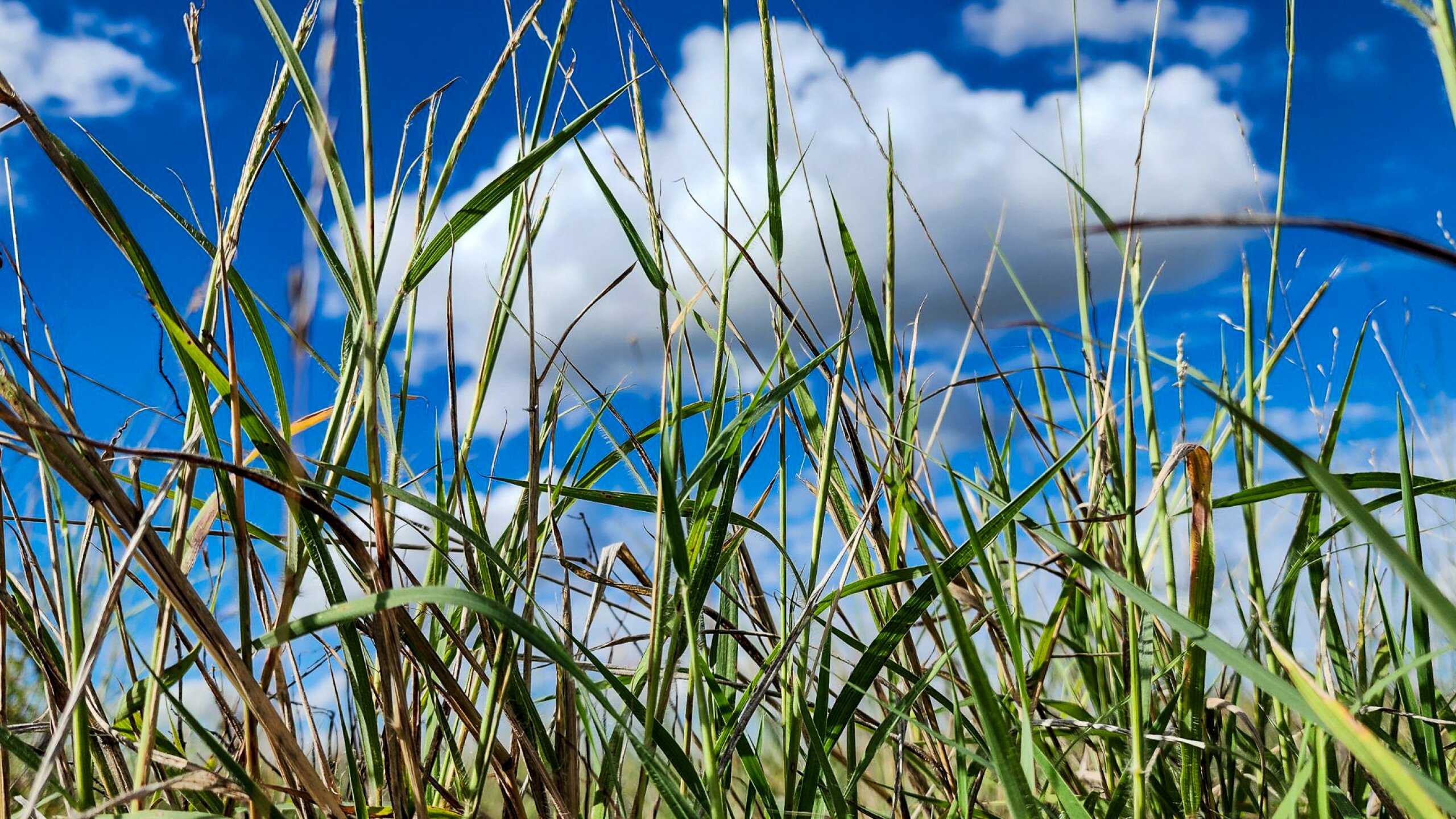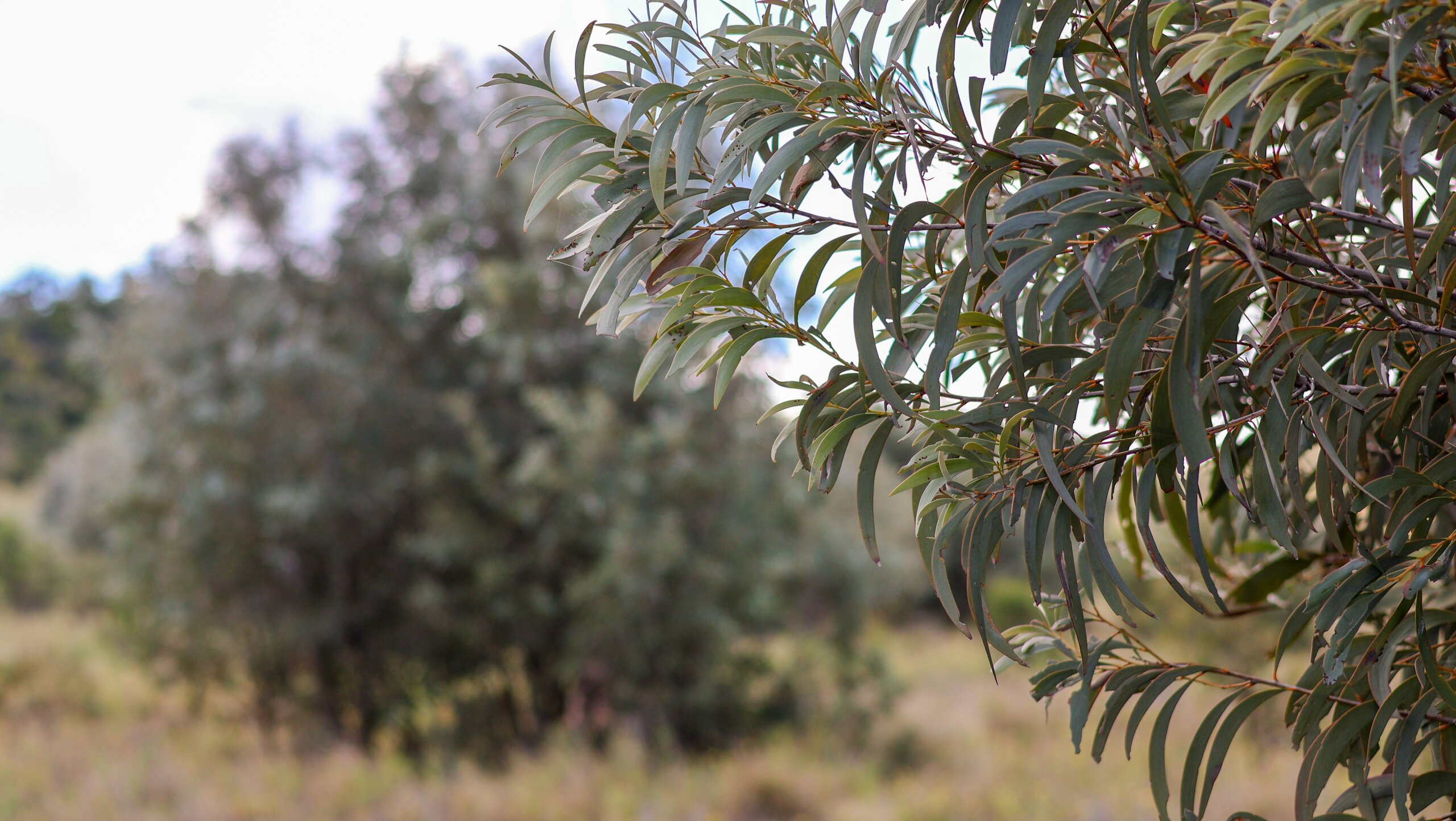King Blue Grass (Dichanthium queenslandicum), with its smooth stems reaching up to 80 cm, once swayed in waves across gently rolling tussock grasslands. These grasslands, open and untouched, were once a sanctuary. But since European settlement, those sweeping fields have shrunk, steadily pushed back by drastic change. Its habitat has been decimated by agriculture, mining, road construction, and other infrastructure developments. Invasive weeds tighten their grip, stealing the very light, water, and soil it needs to endure.
Today, native grasslands are among the most threatened ecosystems in Australia, and King Blue Grass is locked in a battle for survival.
This matters because King Blue Grass is a cornerstone of healthy grassland ecosystems, supporting biodiversity, stabilising soils, and offering habitat for native animals.

Its presence signals the overall health of these landscapes, contributing to sustainable grazing systems and strengthening their resilience to climate and land-use changes.
For years, uncertainty has hung over King Blue Grass. Researchers have questioned how much of it was truly left across its known and modelled range, stretching from Biloela west to Rolleston, Springsure, and Emerald. Further north, it was recorded from Clermont, Moranbah, and Nebo within the Fitzroy region. It was feared the species was little more than a memory in many of these places. Yet, FBA has begun to uncover this hidden gem in landscapes where it had only ever been predicted, not seen.
“We are finding it in places where it was only ever theorised or modelled to exist, where conditions seemed right. There’s likely more King Blue Grass out there than we previously thought,” Land Management Coordinator Annie May said.
In an unexpected twist, FBA has found King Blue Grass thriving on a grazing property, the very kind of landscape often seen as a threat to its survival. There it was, standing resilient, a quiet reminder that good land management can turn the story around.
King Blue Grass rarely has the chance to grow thick and tall because cattle can’t seem to resist it, grazing it down before it can spread. But where rotational grazing systems are in place, with paddocks grazed briefly and then rested, the story is different. In these well-managed landscapes, King Blue Grass has returned.
Fitzroy land managers have found that when paddocks are given time to rest and the grass is allowed to set seed, the seedbank begins to recover. When cattle return, they eat the ripe King Blue Grass seed and carry it with them, dispersing it through their manure as they move across the landscape, creating a quiet, natural partnership.
The surprises don’t end there. King Blue Grass has rewritten what scientists thought they knew about its flowering season. While conservation advice suggests it blooms between January and March, FBA has watched its delicate seed heads swaying well into May.
Annie explained that it appears if conditions are warm and wet enough, and the grass is given time to rest and set seed, it will keep flowering well into the cooler months. When the cold finally arrives, it lies dormant, waiting for the warmth to return.
These discoveries are no accident. Behind them is a coordinated effort led by FBA, bringing together a working group of scientists from Astrebla Ecological Services, the Department of Environment, Tourism, Science and Innovation, Hansen Botanical Assessments (HBA), the Queensland Herbarium, the Threatened Plant Network Queensland and the University of Queensland.

Together, these experts are closing long-standing knowledge gaps by mapping the status, population trends and distribution of King Blue Grass through workshops, targeted species surveys, engaging local land managers and seed collection to guide future restoration.
The hue of King Blue Grass now colours parts of the landscape once thought lost, offering a glimmer of hope for the future of both the species and the region. FBA is proud to be at the forefront of research into this lesser-known grass, deepening understanding of its ecology while working to shape stronger conservation strategies and ensure it continues to hold its place in the landscape for generations to come.



